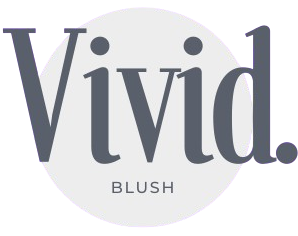Learn To Meditate More Easily For Beginners
Learn To Meditate More Easily For Beginners: Meditation is an ancient method of relaxation through mindfulness and concentration. What is the point of meditation? How to learn to meditate? An eight-step meditation for beginners and advice from our expert.
Meditation is a method of achieving deep relaxation from head to toe. Also Meditation works like mental training: it reduces stress and anxiety and dissolves negative thoughts.
Meditation has long been an integral part of many scientifically recognized relaxation methods, such as autogenic training, yoga, or mindfulness training such as Mindfulness-Based Stress Reduction (MBSR), and does not have to be related to spirituality.
Learn to Meditate: A Guide for Beginners
In the beginning, it takes a little patience and practice to find silence. Always do the same to make it routine. Your body will then more easily internalize and automate the state of calm. This eight-step meditation guide will help you get there:
1. Choose a quiet place
Make sure that you are not disturbed by other people or by surrounding noise, or by your phone.
Wear warm and comfortable clothes
The body cools down quickly when it is still. Consider wearing soft, warm clothes, and possibly a neck scarf and thick socks.
2. Finding a comfortable sitting position
Whether you are sitting in a chair, standing, lying down, or in the lotus position (the classic yoga pose), you need to be comfortable. A cushion, towel, or chair can help keep you stable and relaxed.
3. Upright posture
Straighten your spine, tilt your chin slightly towards your chest, and relax your shoulders back. Put your hands on your knees or on your thighs, without tension. You can now breathe freely.
4. Set the alarm clock
Go gradually. Start with 5 minutes of meditation, then gradually increase the time to 10 minutes when you feel comfortable. You can also take a short break in mindfulness and then continue to meditate for a few minutes. This will develop your attentional skills and find it easier and easier to meditate for longer.
5. Start meditation: become aware of your breathing
In meditation, breathing is used for calm and relaxation. Our minds wander between the past and the future. If you’re having trouble following your breath. Then focus your attention on one part of your body at a time. Imagine that you are releasing muscle tension there. After relaxation, consciously feel that part of the body and perceive the sensations. After this journey through all areas of the body, extend this awareness to the whole body. Try to let go and feel the reactions that appear.
6. Let his thoughts wander
Accept all the thoughts that come to you, but don’t hang on to them. You are just an observer. In other words: accept the thoughts and let them pass like clouds in the sky. Or imagine that you are at the station and your thoughts are a passing train.
7. End of meditation: come back slowly
Don’t jump up just yet, take a few minutes. Stretch and take two deep breaths. Open your eyes, stand up slowly, drink your favorite tea (brew it!) And look out the window. You are now invigorated for everyday life.
What are the effects of meditation?
Meditation and mindfulness exercises have a positive effect on the whole body. They help us deal with stress better and make us more calm and balanced. These psychic factors in turn influence important body functions, such as blood pressure, the immune system and cholesterol levels.
Different studies in neuroscience show how meditation and mindfulness exercises actually modify the activity and structure of the brain: they make it more resistant to stress, improve cognitive performance, help fight depression and anxiety, disorders sleep and pain, strengthen the immune and cardiovascular systems, and generally increase well-being.



